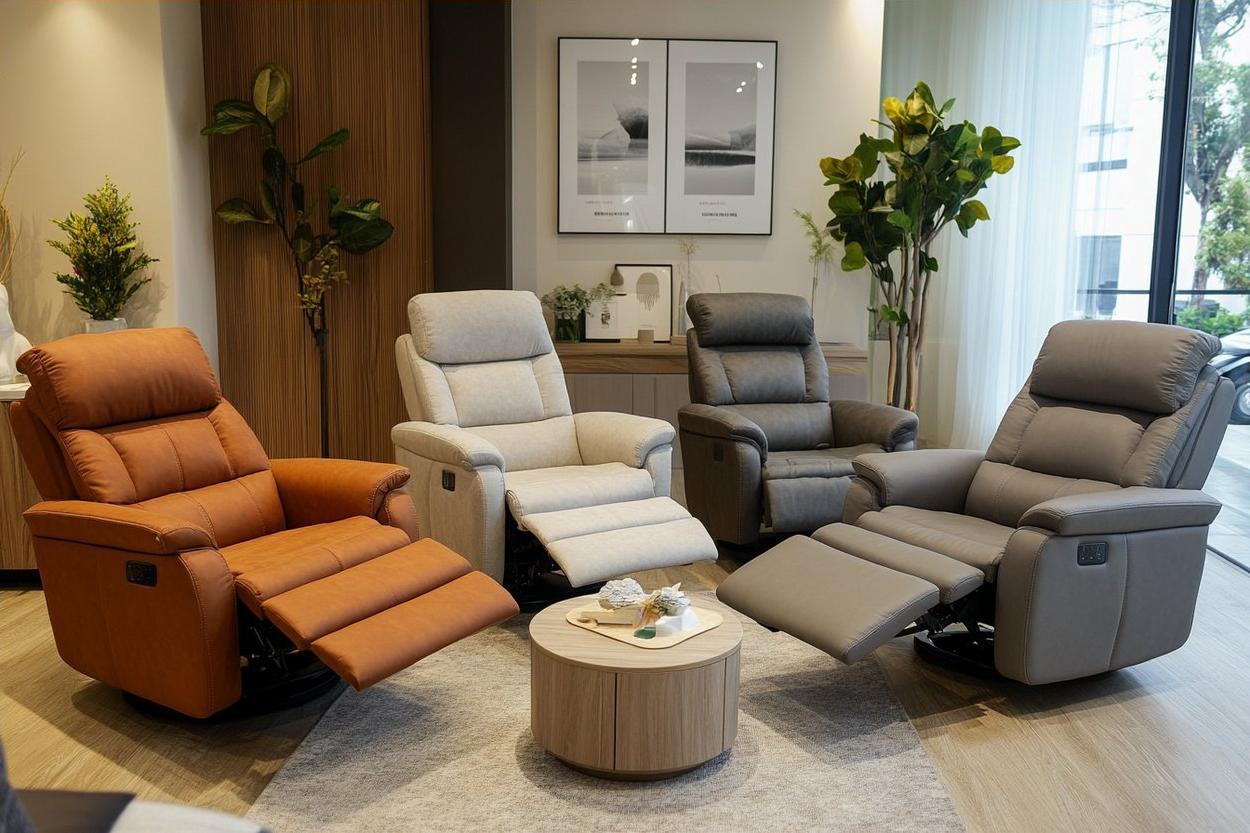The Allure of Wabi-Sabi in Western Interiors
Imagine stepping into a home where imperfections are celebrated, where weathered surfaces tell stories, and where simplicity reigns supreme. This isn't a neglected space, but rather one that embraces the Japanese philosophy of wabi-sabi. As Western design enthusiasts increasingly seek authenticity and mindfulness in their living spaces, the principles of wabi-sabi are finding a harmonious place in modern interiors, offering a refreshing counterpoint to the polished perfection often sought in contemporary design.

The term wabi-sabi is a combination of two concepts: wabi, which refers to simplicity and a less-is-more approach, and sabi, which embraces the beauty that comes with age and wear. Together, they create an aesthetic that values authenticity, intimacy, and the passage of time.
Historically, wabi-sabi emerged in 15th century Japan as a reaction against the prevailing aesthetic of ornate, ostentatious, and costly displays. It gained prominence through the Japanese tea ceremony, where simple, handmade items were prized over elaborate, perfect ones. This shift marked a cultural move towards finding profound beauty in modest, natural objects and environments.
The Western Interpretation of Wabi-Sabi
As wabi-sabi makes its way into Western interiors, it undergoes a subtle transformation. While staying true to its core principles, the Western interpretation often blends these Japanese aesthetics with modern design sensibilities. This fusion creates spaces that are both tranquil and contemporary, offering a respite from the digital overwhelm and constant pursuit of perfection that characterizes much of modern life.
In Western homes, wabi-sabi might manifest as:
-
Handcrafted furniture with visible imperfections
-
Natural materials like wood, stone, and clay in their raw, unpolished states
-
Muted, earthy color palettes inspired by nature
-
Asymmetrical or irregular shapes in decor and architecture
-
Minimal styling that allows each piece to breathe and be appreciated
This aesthetic resonates with many Westerners seeking to create more mindful, less cluttered living environments. It aligns well with the growing interest in minimalism, sustainability, and artisanal craftsmanship.
Incorporating Wabi-Sabi Elements in Your Home
Embracing wabi-sabi doesn’t mean completely overhauling your space. Instead, it’s about shifting perspective and making thoughtful choices. Here are some ways to introduce wabi-sabi elements into your home:
-
Embrace natural materials: Opt for furniture and decor made from wood, stone, clay, or linen. Look for pieces that showcase the material’s natural grain, texture, and imperfections.
-
Choose handmade over mass-produced: Incorporate artisanal pieces that bear the marks of their creators. This could be anything from hand-thrown pottery to woven textiles.
-
Let things age gracefully: Instead of replacing items as they show wear, appreciate how they change over time. A leather chair that develops a patina or a wooden table with subtle scratches tells a story of use and life.
-
Simplify your space: Remove unnecessary clutter and create room for contemplation. Each item should serve a purpose or bring joy.
-
Bring nature indoors: Incorporate plants, dried flowers, or branches to connect your interior with the natural world outside.
The Psychological Benefits of Wabi-Sabi Interiors
Beyond aesthetics, wabi-sabi interiors can have profound effects on mental well-being. In a world that often demands perfection, living in a space that embraces imperfection can be deeply liberating. It encourages mindfulness, presence, and an appreciation for the present moment.
Research in environmental psychology suggests that spaces designed with wabi-sabi principles can reduce stress and promote relaxation. The emphasis on natural materials and simplicity creates a sense of groundedness and connection to the earth, which can be particularly beneficial in urban environments.
Moreover, the wabi-sabi aesthetic encourages a different relationship with our possessions. Instead of constantly seeking the new and perfect, it invites us to find beauty in what we already have, fostering a more sustainable and content approach to consumption.
Wabi-Sabi and Sustainable Living
The principles of wabi-sabi align closely with the growing movement towards sustainable living. By valuing longevity, natural materials, and simplicity, wabi-sabi interiors naturally lend themselves to eco-friendly practices. This aesthetic encourages:
-
Buying fewer, but higher quality items that last longer
-
Repairing and repurposing instead of replacing
-
Using natural, biodegradable materials
-
Reducing overall consumption and waste
As consumers become more environmentally conscious, the wabi-sabi approach offers a way to create beautiful, meaningful spaces without excessive consumption.
The Future of Wabi-Sabi in Western Design
As we move further into the 21st century, the appeal of wabi-sabi is likely to grow. In a world increasingly dominated by technology and rapid change, the timeless, grounding nature of wabi-sabi interiors offers a much-needed antidote.
We may see this aesthetic influencing not just residential spaces, but also commercial and public environments. Imagine offices designed with wabi-sabi principles, offering employees a more calming, contemplative workspace. Or consider hotels that embrace this aesthetic, providing guests with a truly restful, authentic experience.
The future of wabi-sabi in Western design is not about rigid adherence to Japanese traditions, but rather about incorporating its core values - simplicity, naturalness, and acceptance of imperfection - into our diverse design landscapes. It’s about creating spaces that feel truly livable, that age gracefully with us, and that remind us to find beauty in the subtle and imperfect moments of life.
In embracing wabi-sabi, Western interiors are not just adopting a design trend, but inviting a profound shift in how we relate to our living spaces and, by extension, to life itself. It’s a reminder that true beauty lies not in perfection, but in the authentic, imperfect, ever-changing nature of existence.





